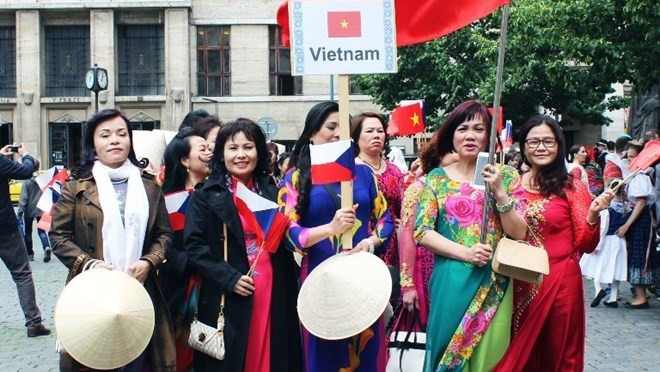


|
|
|
Addressing the opening ceremony,
Slovakian Deputy Foreign Minister Lukas Parizek said that the event aims to
foster the friendship and solidarity among Asian countries and between
Slovakia and these nations.
This is a chance for Slovakian
people to get better understanding of unique and diverse cultures of Asian
countries, he said.
He expressed his hope that in the
coming time, such events will be expanded to strengthen mutual understanding.
Meanwhile, Vietnamese Ambassador in
Slovakia Duong Trong Minh said that through the event, the Vietnamese Embassy
in Slovakia hopes to promote the Vietnamese culture, cuisine and famous
natural landscapes to Slovakian people, thus attracting more tourists from
the East European country.
He held that Vietnamese foods are loved
by Slovakian people, noting that the number of Vietnamese restaurants serving
traditional dishes of Vietnam such as "pho” (noodle) and "nem” (spring roll)
is increasing in Bratislava.
During the event, Asian countries
such as India, Japan, the Republic of Korea and Indonesia also contributed
various art performances.
Vietnamese music and traditional
costumes were also introduced at the event.
|
Source: NDO